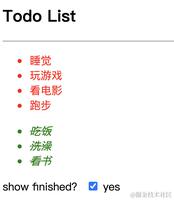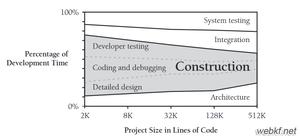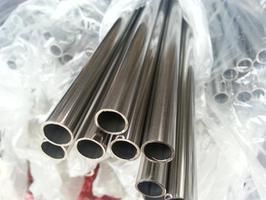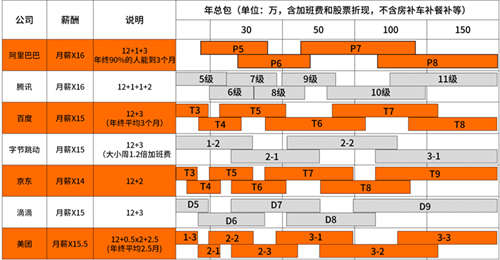javaIO流效率对比

本教程操作环境:windows7系统、java10版,DELL G3电脑。
1.缓冲流说明
缓冲流,也叫高效流,是对4个基本的FileXxx 流的增强,所以也是4个流,按照数据类型分类:
字节缓冲流:BufferedInputStream,BufferedOutputStream
字符缓冲流:BufferedReader,BufferedWriter
缓冲流的基本原理,是在创建流对象时,会创建一个内置的默认大小的缓冲区数组,通过缓冲区读写,减少系统IO次数,从而提高读写的效率。
2.字符流和缓冲字符流的对比
public class IOTest {public static void main(String[] args) throws IOException {
// 数据准备
dataReady();
File data = new File("C:/Mu/data.txt");
File a = new File("C:/Mu/a.txt");
File b = new File("C:/Mu/b.txt");
File c = new File("C:/Mu/c.txt");
long start = System.currentTimeMillis();
copy(data, a);
long end = System.currentTimeMillis();
long start2 = System.currentTimeMillis();
copyChars(data, b);
long end2 = System.currentTimeMillis();
long start3 = System.currentTimeMillis();
bufferedCopy(data, c);
long end3 = System.currentTimeMillis();
System.out.println("普通字节流1耗时:" + (end - start) + " ms,文件大小:" + a.length() / 1024 + " kb");
System.out.println("普通字节流2耗时:" + (end2 - start2) + " ms,文件大小:" + b.length() / 1024 + " kb");
System.out.println("缓冲字节流耗时:" + (end3 - start3) + " ms,文件大小:" + c.length() / 1024 + " kb");
}
// 普通字符流不使用数组
public static void copy(File in, File out) throws IOException {
Reader reader = new FileReader(in);
Writer writer = new FileWriter(out);
int ch = 0;
while ((ch = reader.read()) != -1) {
writer.write((char) ch);
}
reader.close();
writer.close();
}
// 普通字符流使用字符流
public static void copyChars(File in, File out) throws IOException {
Reader reader = new FileReader(in);
Writer writer = new FileWriter(out);
char[] chs = new char[1024];
while ((reader.read(chs)) != -1) {
writer.write(chs);
}
reader.close();
writer.close();
}
// 缓冲字符流
public static void bufferedCopy(File in, File out) throws IOException {
BufferedReader br = new BufferedReader(new FileReader(in));
BufferedWriter bw = new BufferedWriter(new FileWriter(out));
String line = null;
while ((line = br.readLine()) != null) {
bw.write(line);
bw.newLine();
bw.flush();
}
// 释放资源
bw.close();
br.close();
}
// 数据准备
public static void dataReady() throws IOException {
StringBuilder sb = new StringBuilder();
for (int i = 0; i < 600000; i++) {
sb.append("abcdefghijklmnopqrstuvwxyz");
}
OutputStream os = new FileOutputStream(new File("C:/Mu/data.txt"));
os.write(sb.toString().getBytes());
os.close();
System.out.println("完毕");
}
}
运行结果:
普通字符流1耗时:1337 ms,文件大小:15234 kb普通字符流2耗时:82 ms,文件大小:15235 kb
缓冲字符流耗时:205 ms,文件大小:15234 kb
以上是java IO流效率的对比实例,缓冲字符流相对而言的优势并不是那么大,这是因为在使用上我们以缓冲流的方法用的居多,想要学习的可以在课外找寻资料。
以上是 javaIO流效率对比 的全部内容, 来源链接: utcz.com/z/542293.html









